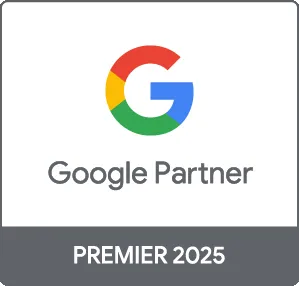Google Ads is a powerful tool for businesses looking to increase visibility and drive targeted traffic. One of the most significant factors affecting your advertising budget is the price per click (PPC). Understanding how PPC works can help you develop effective campaigns that maximize your return on investment (ROI). In this guide, we'll break down what influences Google Ads pricing, average costs in different industries, and tips for managing your PPC expenses effectively.
What is Google Ads Price Per Click?
Price per click (PPC) in Google Ads refers to the amount you pay each time a user clicks on your ad. This model allows you to pay only for the actual traffic you receive. Key factors that influence your PPC include:
- Keyword Competitiveness: More competitive keywords typically result in higher CPC rates due to the demand and bidding strategies used by advertisers.
- Ad Quality Scores: Google assigns quality scores based on the relevance and performance of your ads. Higher quality scores can reduce your CPC.
- Ad Placement: The position of your ad on the search results page affects your click cost; top positions usually demand higher bids.
Average Google Ads Costs
The average cost per click can vary significantly between industries. Here are some average CPC estimates:
- Legal Services: R60 - R90
- Insurance: R45 - R75
- E-commerce: R20 - R50
- Travel and Hospitality: R30 - R60
- Health and Fitness: R20 - R40
These figures may vary based on your targeting options, geographic location, and ongoing campaign adjustments.
Factors Influencing Your Google Ads Price Per Click
- Target Location: Highly sought-after regions may lead to increased CPC.
- Time of Day: Ads may cost more during peak hours when traffic is higher.
- Audience Targeting: Targeting specific demographics or interests can affect costs.
- Device Targeting: CPC can differ between mobile and desktop users based on user behavior.
Tips to Optimize Your Google Ads Spend
To get the most from your Google Ads investment, consider implementing the following strategies:
- Refine Your Keyword List: Focus on long-tail keywords that have lower competition but high intent.
- Enhance Ad Relevance: Make sure your ads align closely with the keywords to improve quality scores.
- Utilize Negative Keywords: Exclude irrelevant search terms to prevent wasted clicks.
- A/B Testing: Continuously test different ad variations to determine what resonates best with your audience.
- Monitor and Adjust Bids: Regularly review your campaigns and adjust bids based on performance data.
Conclusion
Understanding Google Ads price per click is essential for any business looking to leverage online advertising effectively. By knowing what influences your click costs and implementing best practices in your campaigns, you can create a more efficient advertising strategy that drives targeted traffic and maximizes your ROI. At Prebo Digital, we're here to help you navigate the complexities of Google Ads and achieve your advertising goals. Get in touch with us today to start optimizing your campaigns!





